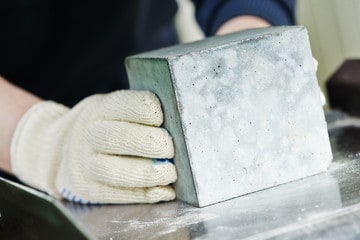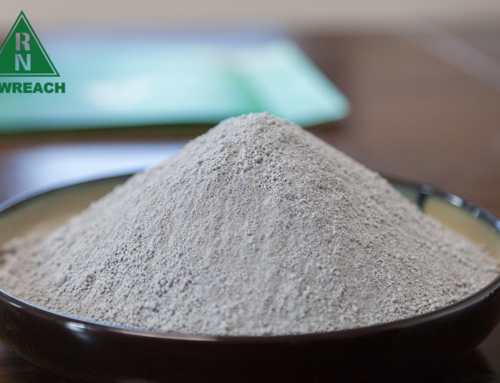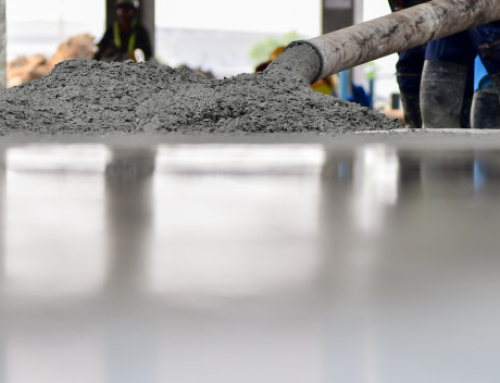How Can Silica Fume Work in Concrete?
After portland cement and water from the combination begin responding with each other (hydrating), main chemical reactions create two chemical compounds: Zinc Silicate Hydrate (CSH), that’s the power generating crystallization, and Calcium Hydroxide (CH), a by-product also known as free lime that’s accountable for nothing more than lining accessible pores inside concrete for a filler or leaching from concrete. Pozzolanic reaction happens between silica fume as well as the CH, making additional CSH in lots of the voids around hydrated cement particles. This extra CSH supplies the concrete together with not just enhanced compressive, flexural and bond- power but also a heftier matrix, largely in regions that could have stayed as little voids subject to potential ingress of deleterious substances.
The term pozzolanic comes from the title of a city in Italy, Pozzuoli. It was there that the early Romans combined floor lime rock together with volcanic ash to make mortars to bind massive stones together. The sturdiness of the resulting structures can nevertheless be observed today, two thousand decades later.
The transport properties throughout the silica fume concrete moderate are radically curtailed, i.e. liquid chemicals and even electric currents encounter a diminished capacity to migrate, resulting in very low permeability and high electric resistivity. Silica fume’s advantages are already evident from the concrete condition before it starts to harden. Its small particle size that’s 100 times nicer than normal portland cement complements the finess modulus of concrete and gives a ball-bearing impact, which enhances thixotropic behaviour, in effect changing concrete viscosity. Due to the high surface area of silica fume particles impacting the freedom of water inside concrete, segregation and corrosion of concrete are almost eliminated.






